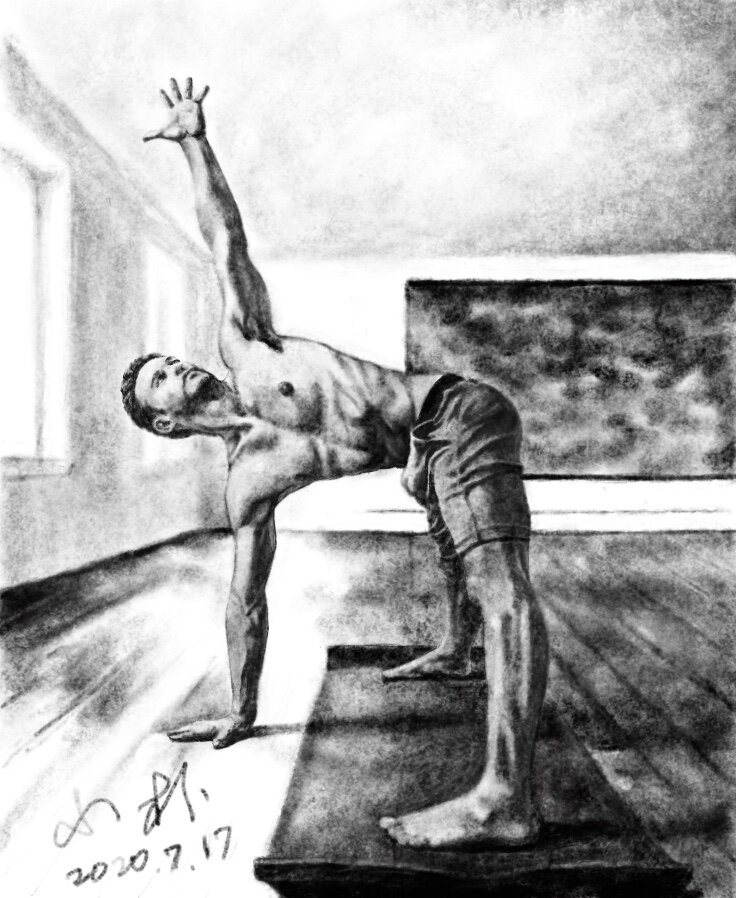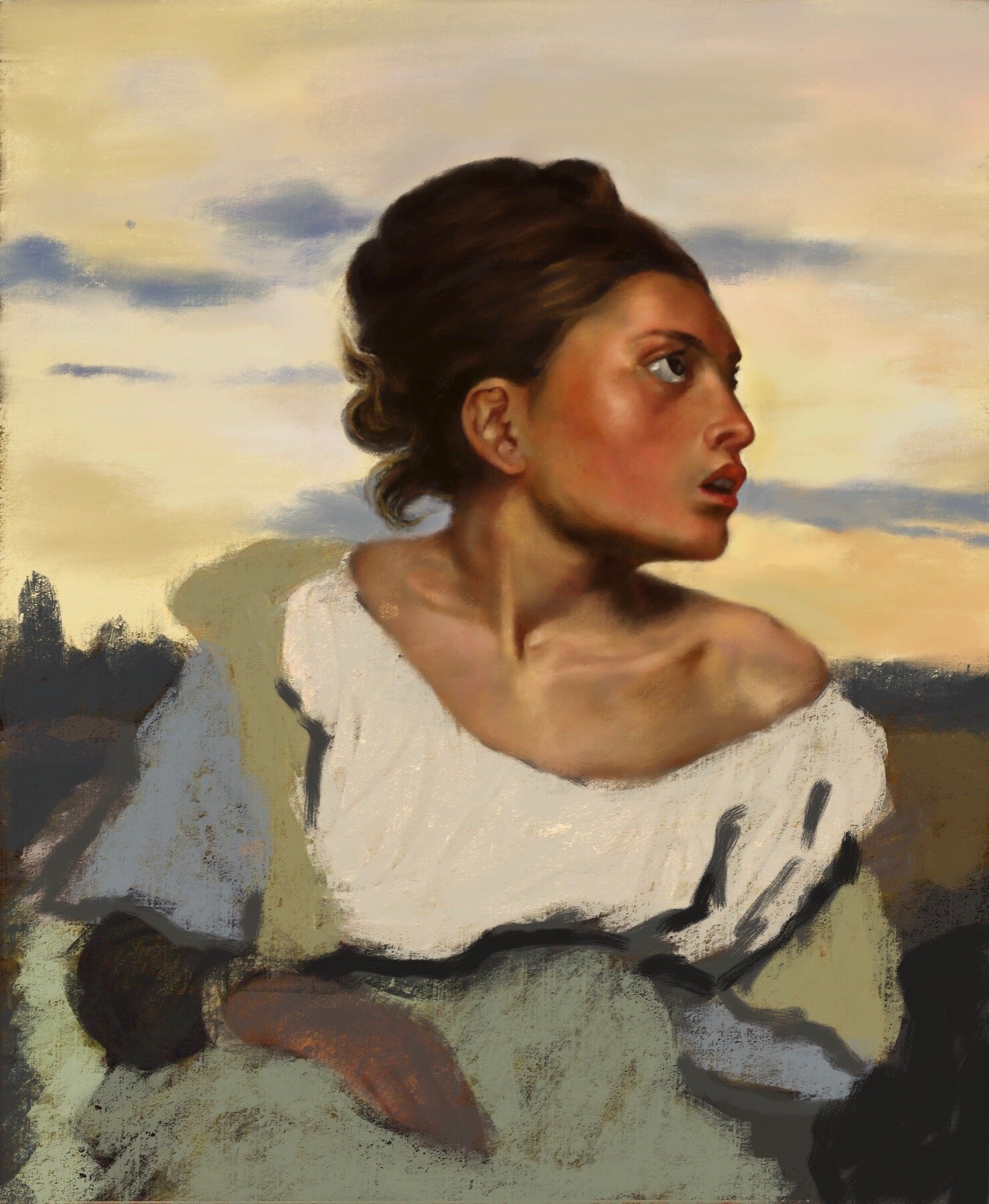Working for a big television production company was like a dream come true for Simon Li, who’d been drawn to writing, painting and the wild realms of mythology since childhood. And it started out well. He worked on important projects with other professionals and began building a career within the field. But over time as his workload increased and responsibilities grew, his lifelong passion for the arts began to dwindle. Stifled by the relentless pressure of the job and feeling he had to set his own creativity aside in order to meet the vision of others, Simon became burned out; alienated in the very world he thought he’d thrive in and love. He sank into a seemingly constant state of feeling weak, filled with anxiety and depression. But he pressed on.
Then one day by chance, he walked into a store and heard a familiar voice. Looking up he saw a video playing in a loop. It was of a woman he’d seen as a child teaching yoga on TV. Halfheartedly Simon bought the video and a few days later watched it. Slowly over the next month or so he began practicing a little yoga along with the video—not much at first, and then with more and more regularity. His anxiety and depression began to shift and after a while he actually looked forward to practicing. Eventually he found a teacher at a local gym to study with in person and some time later began taking workshops and leaning about aspects of yoga that go beyond just the physical aspects of practice.
Asana practice is what helped Simon the most at first, but not too long after he became fascinated by the focus on the breath. Bringing awareness to the process of breathing—something that had been there all along, but that he’d never really paid attention to—deepened his asana practice, but also made him wonder, “If I’d been unaware of something so central to existence as the breath, what else was I missing?” Focusing on the breath revealed to him all kinds of secrets he’d never imagined about the nature of his breath. These insights inspired him to look into other aspects of life with sharpened awareness as well and he became intrigued by the idea of paradox. Before he began practicing yoga when he would become absorbed by one thing he would block out everything else—especially the opposite of whatever it was he was focusing on. But learning to be attentive to the wave patterns of movement, breath, emotion and mind, helped him see the value of paradox. Through yoga, in particular breathing, philosophy and Indian mythology, Simon feels he’s learned to embrace paradox rather than block it out and that this has made life much easier. The ability to not see in black and white or to become uncomfortable with paradox now informs his art and his life as a whole. And this shift in perspective traces back to the breath. “The breath is like a retreat,” he says. “It’s shared by everyone, but it’s also just mine as well, so I can count on it when self doubt or creative doubt arises.”




